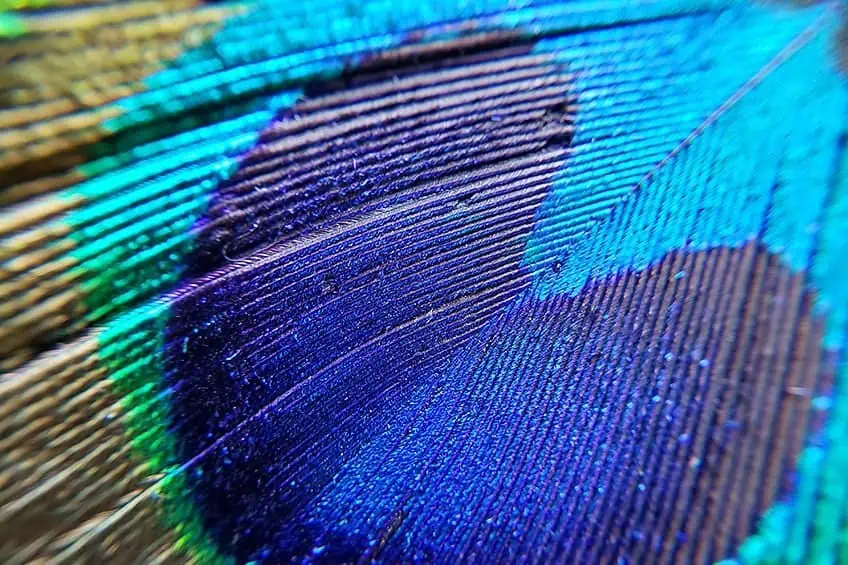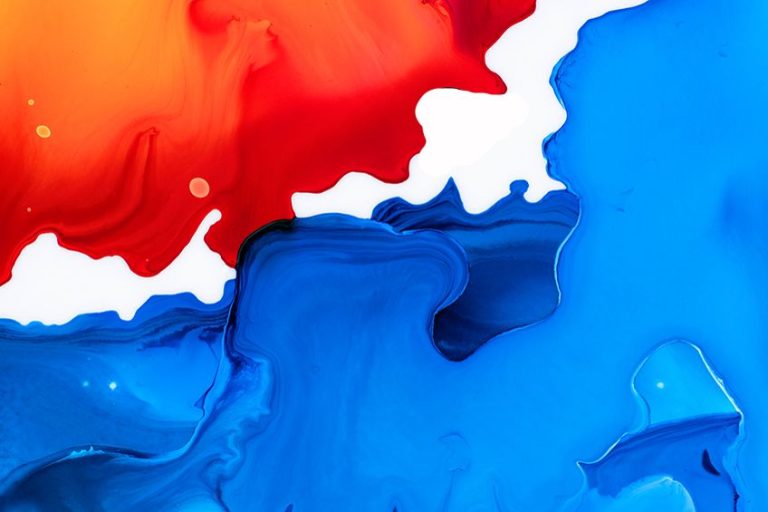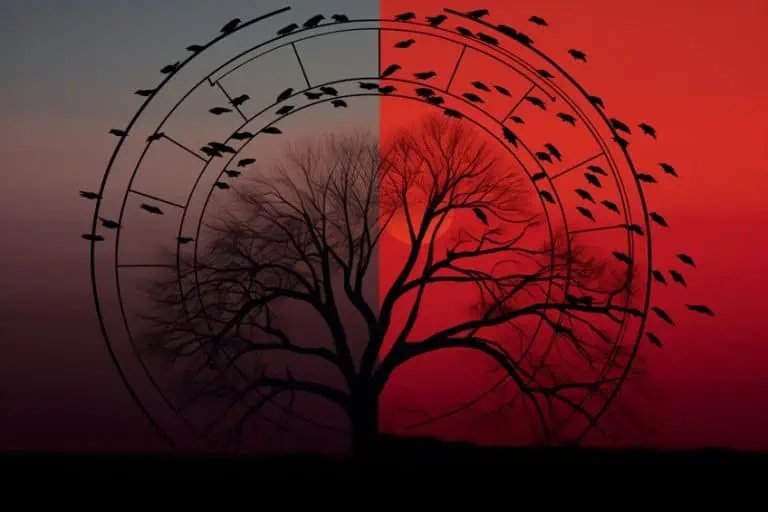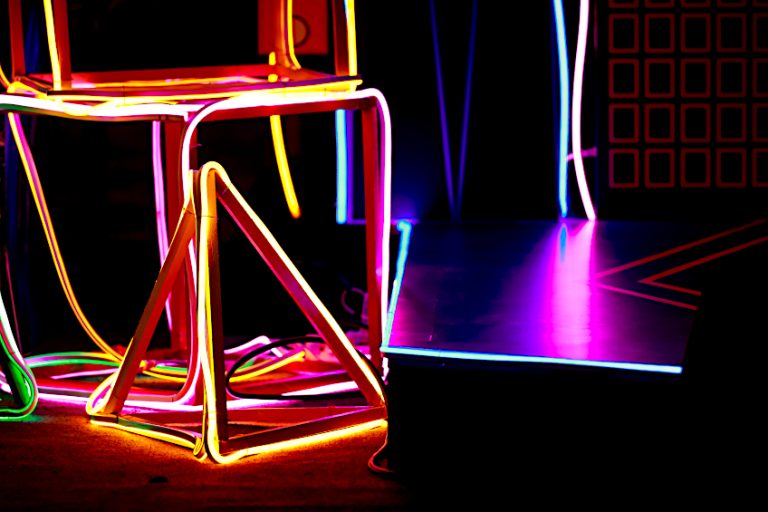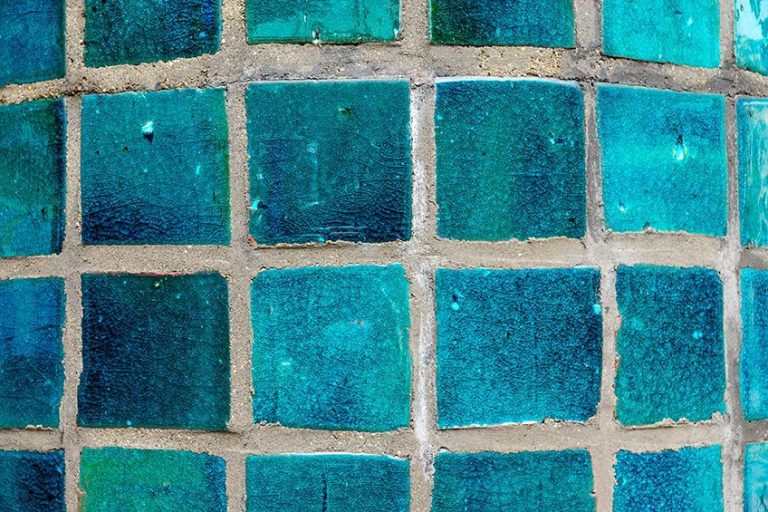Peacock Blue – Working With Vibrant Shades of Peacock Blue
This post may contain affiliate links. We may earn a small commission from purchases made through them, at no additional cost to you.
While there are a variety of colors that are named after animals of the shade, there may be none other like peacock blue. When asked, “what color is peacock blue?”, aside from the initial surprise by the name alone, you may find that this is a vibrant shade of bold blue named after the plumage of peacock birds. This is a deep and rich color, and is associated with that of luxury and elegance. Fashion and design industries often use peacock blue as a statement color, which becomes further emphasized when paired with neutral shades. Tag along as we piece together the many different aspects behind this elegant color, such as its, the various shades, as well as what colors make peacock blue paint for all our fellow artists at home!
Table of Contents
What Color Is Peacock Blue?
It is easy to dismiss peacock blue as just another random shade of blue when used to create your own artworks, but this is not nearly the case. The peacock blue color palette is a bold collection of shades consisting of deep, rich hues to desaturated, pastel tones. Here we will be going over just some of the different shades of peacock blue, what colors make a great match, as well as how you can mix your own peacock blue paint for yourself.
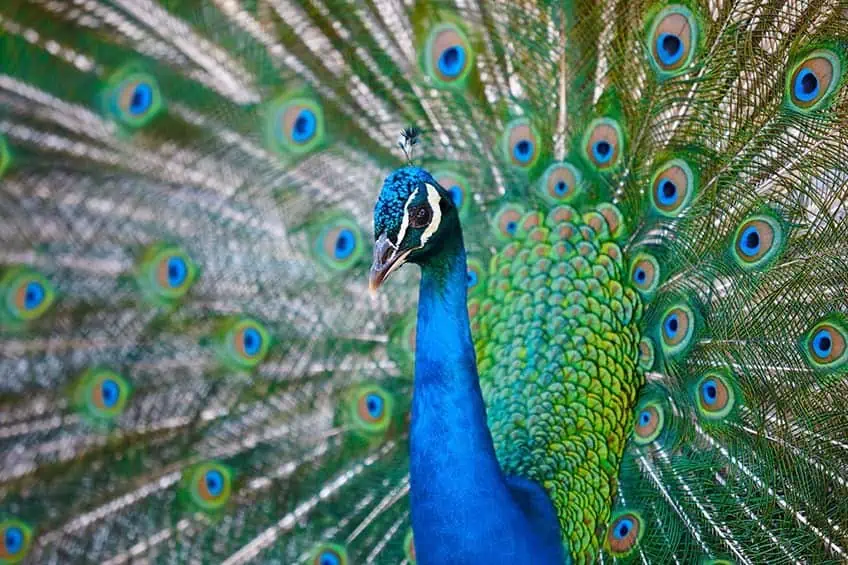
Shades of Peacock Blue
Before being given the recipe to the perfect peacock blue paint, it is recommended that you first familiarize yourself with the many different shades of this stunning color. Its shades range from captivating indigos to bright and bold turquoise, ensuring that this is a color palette able to cater to everyone’s needs and preferences. While there are just far too many to mention in just this article alone, we have compiled a list of some of the most popular shades of peacock blue.
| Peacock Blue Color | Hex Code | RGB | CMYK Color Code (%) | Shade of Peacock Blue |
| Indigo | #3f00ff | 63, 0, 255 | 75, 100, 0, 0 | |
| Turquoise | #30d5c8 | 48, 213, 200 | 77, 0, 6, 16 | |
| Royal Blue | #4169e1 | 65, 105, 225 | 71, 53, 0, 12 | |
| Teal | #008080 | 0,128,128 | 100, 0, 0, 50 | |
| Navy | #000080 | 0, 0, 128 | 100, 100, 0, 50 | |
| Sky Blue | #87ceeb | 135, 206, 235 | 43, 12, 0, 8 | |
| Chathams Blue | #13496e | 19, 73, 110 | 81, 30, 0, 53 | |
| Dirty Blue | #3f829d | 52, 73, 83 | 59, 18, 0, 39 | |
| Lavender | #e6e6fa | 230, 230, 250 | 8, 8, 0, 2 | |
| Pretty Blue | #4da4ea | 77, 164, 234 | 67, 30, 0, 8 |
One of the standout shades that can be found within the peacock blue palette would have to be royal blue, a deep and regal shade that is widely associated with luxury and sophistication. Another exceptional shade, a color similarly named after an animal, comes in the form of a vibrant blend of green and blue that can add a touch of whimsy to any space. Other shades in this color palette include sky blue, a much softer and more muted color that creates a sense of peace and calm that pairs well with navy, a versatile and timeless color that provides a stylish flair to outfits for all occasions. Whether you are simply looking to add a dash of color to your outfit or are instead looking to provide your client with a cohesive design scheme with simple peacock blue decor, the peacock blue color palette has more than enough to provide.
So, why not embrace your inner peacock and add a touch of this undeniably vibrant and glamorous color to your life? After all, there will always be a shade of peacock blue to match your tastes.
What Colors Go With Peacock Blue?
Now, as an artist or designer, it can provide aid in abundance to know what colors go with peacock blue as this is a bold and vibrant color that can be used as a powerful tool in a variety of art forms and mediums. Its many shades allow peacock blue to work well with other similarly bold colors while still providing a subtle flair when paired with muted alternatives. We have listed some popular choices in the table with complimentary descriptions below.

Powder Blue
This is a soft and subtle shade that creates a beautiful pairing alongside peacock blue, providing a cohesive and elegant color scheme.
| Color Name | Hex Code | RGB | CMYK Color Code (%) | Shade of Color |
| Powder Blue | #b0e0e6 | 176, 224, 230 | 23, 3, 0, 10 |
Coral
Pairing peacock blue with coral can create a lively color combination that remains perfect for adding a touch of cheer where needed.
| Color Name | Hex Code | RGB | CMYK Color Code (%) | Shade of Color |
| Coral | #ff7f50 | 255, 127, 80 | 0, 50, 69, 0 |

Mint
Much like its flavor, mint is a refreshing shade that can provide a modern color combination when partnered with peacock blue, perfect for spring and summer projects.
| Color Name | Hex Code | RGB | CMYK Color Code (%) | Shade of Color |
| Mint | #3eb489 | 62, 180, 137 | 66, 0, 24, 29 |
Lavender
Creating a romantic color combination, peacock blue and lavender acts as a soft partnership that fits right in when used for weddings and other personal events.
| Color Name | Hex Code | RGB | CMYK Color Code (%) | Shade of Color |
| Lavender | #e6e6fa | 230, 230, 250 | 8, 8, 0, 2 |

Mustard
Strangely enough, matching peacock blue with mustard works to create a bold and captivating combination that is perfect for adding a dash of drama or conflict to any design.
| Color Name | Hex Code | RGB | CMYK Color Code (%) | Shade of Color |
| Mustard | #ffdb58 | 255, 219, 88 | 0, 14, 65, 0 |
Tan
Placing tan shades alongside peacock blue creates a stunning yet natural combination that is perfect for rustic, earthy designs and projects.
| Color Name | Hex Code | RGB | CMYK Color Code (%) | Shade of Color |
| Tan | #d2b48c | 210, 180, 140 | 0, 14, 33, 18 |

Gold
By pairing such sophisticated colors with one another, it is no surprise that you are provided with a luxurious combination that is sure to turn heads all night long.
| Color Name | Hex Code | RGB | CMYK Color Code (%) | Shade of Color |
| Gold | #ffd700 | 255, 215, 0 | 0, 16, 100, 0 |
What Colors Make Peacock Blue?
In order to add a splash of luxury and elegance to your art projects using peacock blue, you will first need to mix it together using just a few other colors. These colors are similarly on the eccentric side, but may still be found on household painting palettes and at your local arts and crafts retailers. Before we get started, you will need to gather the following:
- A container
- A palette knife/stirring spoon
- Paints (ultramarine blue, phthalo blue, green, and titanium white)
| Color Name | Hex Code | RGB | CMYK Color Code (%) | Shade of Color |
| Ultramarine Blue | #133e91 | 19, 62, 145 | 87, 57, 0, 43 | |
| Phthalo Blue | #040967 | 4, 9, 103 | 96, 91, 0 60 | |
| Green | #00ff00 | 0, 255, 0 | 100, 0, 100, 0 | |
| Titanium White | #f3f4f7 | 243, 244, 247 | 2, 1, 0, 3 |
The steps to mixing your own peacock blue paint are as follows:
- To start things off, we suggest that you mix equal parts phthalo blue and ultramarine blue, which will create the base of your peacock blue paint.
- Following this, simply add a small amount of green paint to the mixture before stirring well to combine. This will begin to change the hue of your peacock blue, which can be made lighter for a bright turquoise by adding more green, or made into a deeper indigo shade by adding less.

- If you find a hue you are happy with, but are wanting to lighten it up just a touch, feel free to add a small amount of titanium white and mix well.
- For future use, do not forget to label your container with the name of your paint for easier reference!
And there you have it, your very own mix of peacock blue paint! With its deep and vibrant hue, it is sure to add a touch of elegance and glamor to any project. Why wait until you can get creative and start painting now!
With the right eye, it is clear to see that peacock blue provides more than enough options to dress for practically any event or occasion, and similarly so when working on your next art piece or design project. So, why not pair peacock blue with one of these complementary shades for yourself, or experiment to find your own color combinations. The results are sure to stun!
Frequently Asked Questions
Is Peacock Blue a Warm or Cool Color?
While peacock blue is part of the blue color palette, which is closely related to coldness, snow, and water, the exact shade of peacock blue can greatly affect its perceived warmth. While deeper, more indigo shades may appear cooler and brighter, shades such as turquoise may instead appear warmer.
Can Peacock Blue Be Worn in a Professional Setting?
Yes, peacock blue is more than acceptable in any professional setting. Due to its eccentricity, however, it is advised that you consider pairing any shade of peacock blue with only neutral colors, such as black, gray, or white. In turn, this can create a striking yet subtle combination that still remains professional for any work environment.
Is Peacock Blue a Popular Color in Interior Design?
Yes, peacock blue is actually considered a trendy color that is commonly used in interior design, often as an accent color in rooms that have neutral palettes and aesthetics. Using peacock blue decor can act as a nice touch in neutral spaces.
Duncan graduated with a diploma in Film and TV production from CityVarsity in 2018, after which he continued pursuing film while taking on a keen interest in writing along the way. Since having graduated, he began working as a freelance videographer, filming a variety of music videos, fashion and short films, adverts, weddings and more. Throughout this, he’s won a number of awards from various film festivals that are both locally and internationally recognized. However, Duncan still enjoys writing articles in between his filming ventures, appreciating the peace and clarity that comes with it.
His articles focus primarily around helping up-and-coming artists explore the basics of certain colors, how these colors can be paired with other shades, as well as what colors are created when you mix one with another. All while relating these shades to historically significant paintings that have incorporated them into their color palette. As a lover of the arts himself, he takes great interest in the Renaissance era of paintings, an era that has directly inspired many of his favorite films.
Learn more about Duncan van der Merwe and about us.
